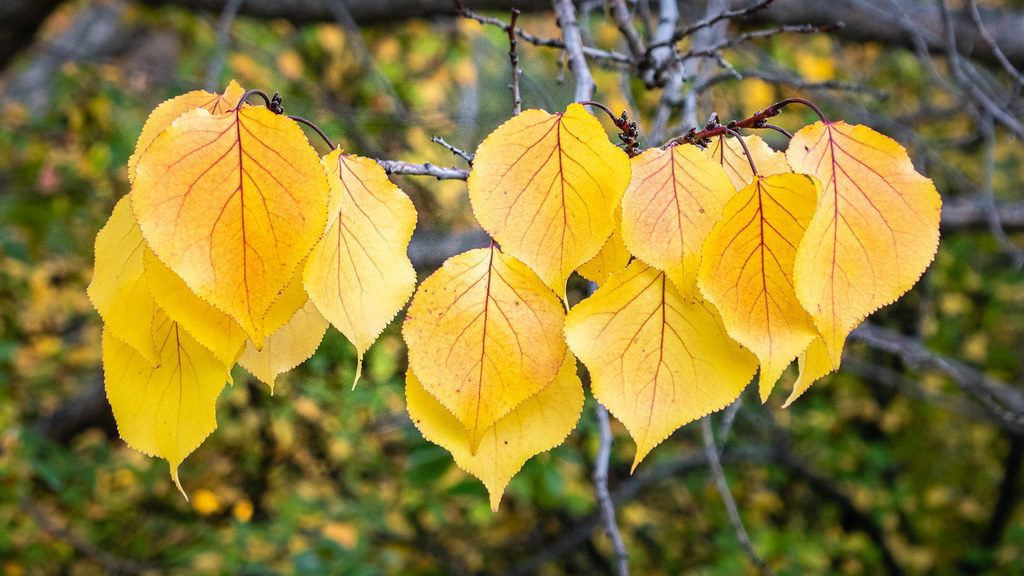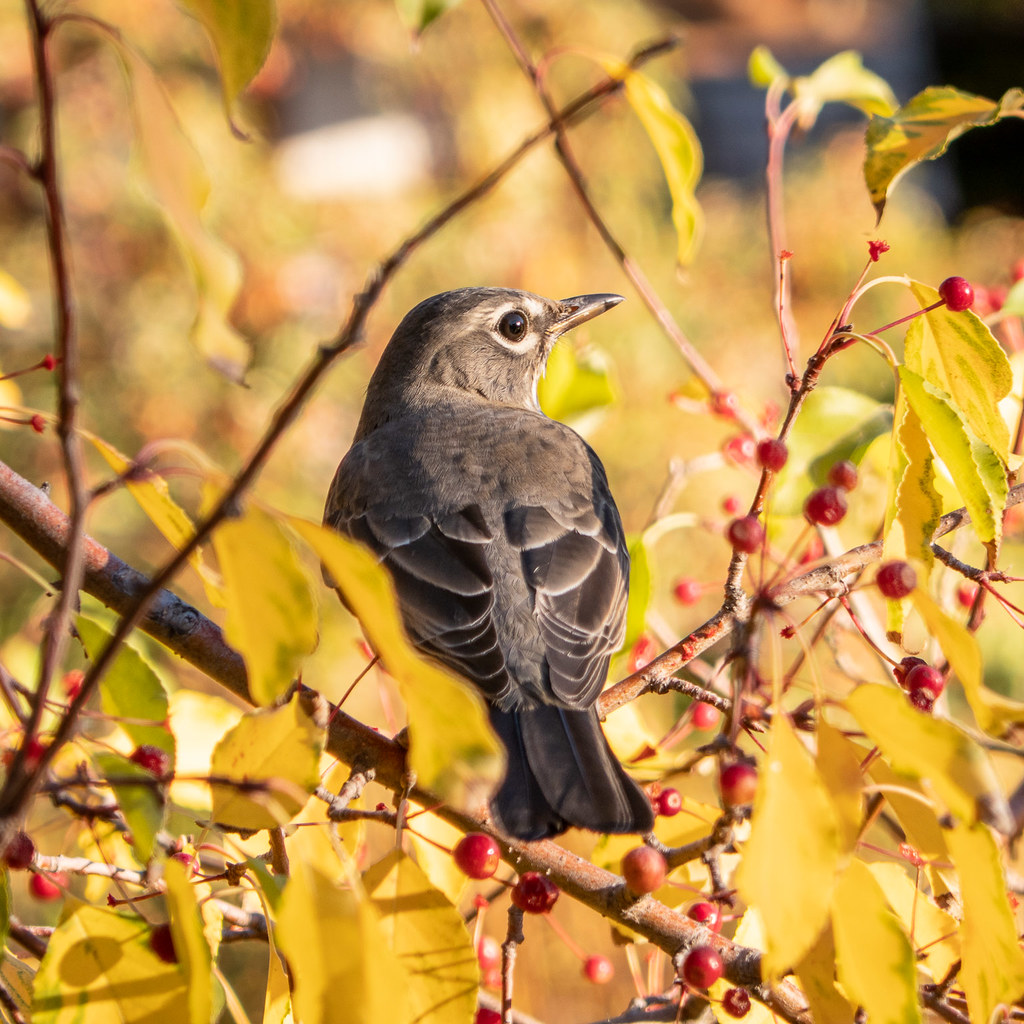There will be a virtual Wild Ecol Seminar Series presentation on pronghorn and mountain goat population monitoring at 3:30 pm, Oct. 15.
Ryan Fisher will describe a day in the life of the curator of vertebrate zoology at the Royal Saskatchewan Museum at Nature Regina’s meeting at 7:30 pm, Oct. 18.
The Saskatchewan Environmental Society and the Saskatoon Public Library are offering an online presentation from 7-8:30 pm, Oct. 19, on uranium: premises, promises & predicaments.
There will be an online presentation on eagle research and conservation in the intermountain west at the Saskatoon Nature Society meeting at 7:30 pm, Oct. 21.
Looking Ahead
The Saskatchewan Waste Reduction Council is hosting a fall workshop from 9-11:45 am, Nov. 4.
SaskOutdoors is offering a remote first aid course in Lumsden Nov. 12-14.
Full event details are available on the EcoFriendly Sask Calendar
Local News
The Saskatoon Forestry Farm Park and Zoo has won an industry excellence award for the prairie dog exhibit and the Saskatoon Zoo Society for its virtual environmental education programs for children in K-8 that incorporate real-time animal interactions. [City of Saskatoon]
The Saskatoon Freeway project has released its preferred route following public consultation. In addition, Partners for Growth has released a planning district zoning bylaw.
“When negative encounters arise between wildlife and humans, it isn’t a sign that coexistence is failing; it’s a sign that it’s time for those efforts to begin in earnest. Coexistence is a daily intention. A thoughtful and regular pursuit of behaviours and philosophy that humans and wild animals can adapt to living in the same spaces.” [The Fur-Bearers]
The West is a “wiry place, containing enough fencing to circle the equator 25 times. Sage grouse, peregrine falcons, and other birds collide with fences, and ungulates must navigate an endless obstacle course.” Fences trap, injure, and kill large animals; separate mothers from calves; and exclude herds from prime habitat. The research done by fence ecologists will be important in identifying solutions. [Undark]
Energy Gains & Losses
Interprovincial connections between electricity grids are an essential element in delivering the clean electricity that is the key to decarbonizing Canada’s economy. [Pembina Institute]
The environmental impact of using a ride-hailing app (Uber or Lyft) is 30-35% greater than using a personal vehicle, even if the entire app-based fleet is electric. Any potential benefits are lost when an Uber or Lyft driver travels from one drop-off to the next pickup, or simply drives around waiting for their next fare to be assigned. “Taxes and other public policy approaches could help hold down the external costs of app-based travel, the researchers suggest, for example by encouraging ride-pooling through Uber and Lyft, encouraging app-based travel to destinations where parking is in especially short supply, and discouraging it on routes that are already well served by public transit.” [Anthropocene]
“Why do insects have to be either beneficial or pests?” Every insect species is an essential “part of a complex web of interacting communities and ecosystems. Every (native) species plays an integral role that would be missed if it were gone … If you lean into the idea that you’re creating [garden] habitat for as many species as you can, success comes easily. Instead of worrying about what’s eating your plants, you’ll start to notice which plants attract the most caterpillars or grasshoppers. Then, you’ll notice where the crab spiders or assassin bugs like to hang out, trying to take advantage of that abundance of prey. Birds will appear too, catching those insects to feed their families or fuel their migration flights. A complex mass of dynamic interactions will be taking place literally in your back yard – and you’ll have a front row seat.” [The Prairie Ecologist]
Check out EcoFriendly Sask’s Nature Companion, a free nature app for Canada’s four western provinces.
EcoFriendly Sask supports Saskatchewan environmental initiatives through an online publication, an events calendar, small grants, and the Nature Companion website/app. You can follow EcoFriendly Sask by liking us on Facebook, following us on Twitter, or subscribing by email (top right corner).



